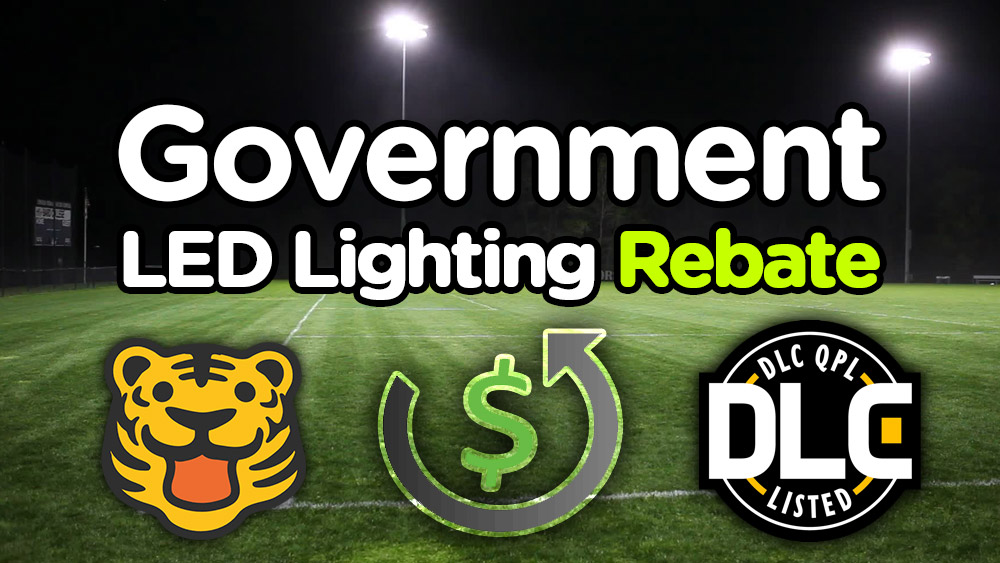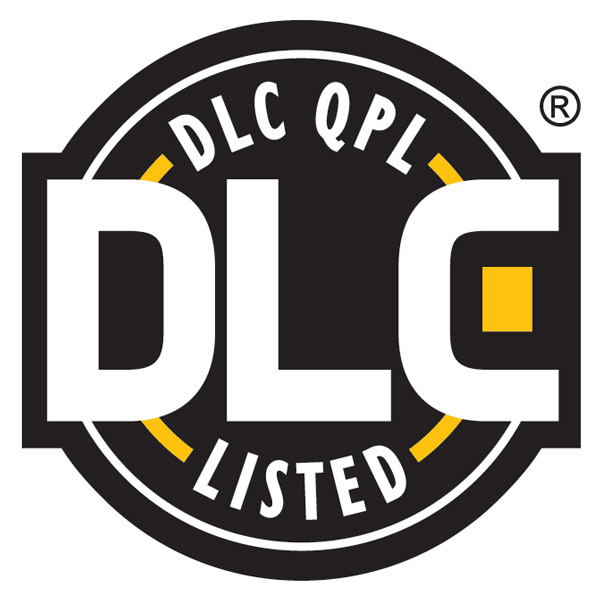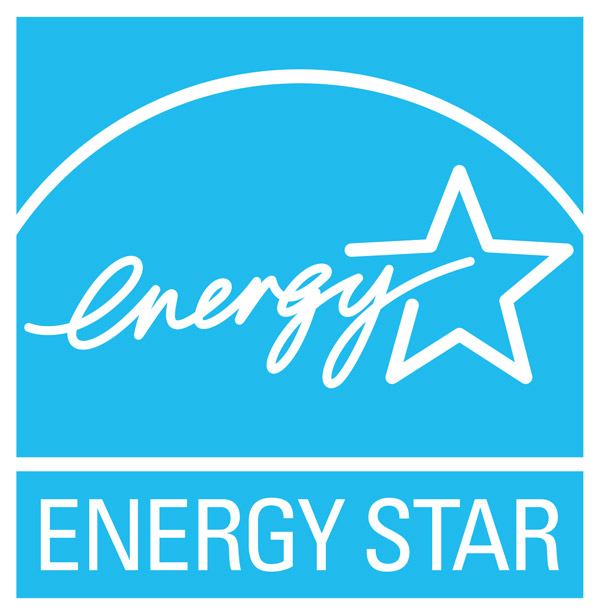LED Lighting Rebate by Government [Ultimate Guide to Get All Incentives]

The rapid pace of development and the accompanying pollution and depletion of resources such as forests for use in energy creation has made sustainability a conversation that governments are willing to have. In an attempt at reducing energy consumption and the rapid depletion of natural resources, many governments now offer lighting rebates to businesses that are looking to switch to more efficient forms of lighting. Rebates are generally given to help businesses save on energy costs as well as reduce demand on a country or state’s utilities. This article seeks to provide general information on energy rebates in addition to helping you find out more about the type of lighting rebates available and showing you how to qualify for them.
1. What is governmental lighting rebate?
A government lighting rebate is an incentive that is given to businesses that want to switch to more energy efficient modes of lighting such as LED. It helps them offset the cost of installing this type of lighting. These lighting rebates are typically administered by local, state and federal agencies as well as utility companies. Business owners and other types of investors may also qualify for tax deductions and other incentives upon installing LED lighting. Different states have different criteria that they use before awarding rebates.
The following are the different types of government rebates:
a. Federal government lighting incentives
The federal government offers commercial entities between $0.3 to $1.80 per square foot on any investment made to make a building more energy efficient. This includes installation of extremely efficient LED lighting. The incentives and rebates help a business offset the cost of having such systems installed as this can sometimes be extremely expensive.
b. State government incentives
Several states have endorsed the use of energy efficient lighting, including LED and have several incentives and rebates to help businesses and families reduce installation costs.
c. Local government
Local and municipal governments often work with electric companies to offer rebates and incentives in order to encourage users to invest in energy efficient lighting.
Government lighting incentives takes the following forms:
i. Prescriptive rebates
It typically pays out a percentage of the cost of the technology that will be used to make a home or building more energy efficient.
A good example of this is a state program that pays an owner a certain amount per LED light installed e.g. $5 for replacing fluorescent lights with LED tubes or $100 for each stairwell fixture installed.
Prescriptive rebates are not based on kilowatt load reduced but are simply a reward for installing energy efficient technology.
ii. Performance rebates
These are based on the total energy savings from the installation of energy efficient technology. It is measured in kilowatts saved and pays a building owner a certain amount for each kilowatt hour saved. It can be computed for instance by calculating the before and after wattages of each light replaced and multiplying the savings by the number of lights used. The total savings are then calculated by the rebate rate in order to get the total amount.
Government lighting rebates are given based on the following criteria:
i. All fixtures must be DLC listed.
ii. An inspection from the state office or utility company for performance rebates.
iii. Energy Star certified or DLC listed for LED lamps.
2. Relationship between DLC and LED incentive
 The DLC products list is a list of LED products that have been tested in a Design Lights Consortium laboratory and been found to be up to standard. The DLC is a non-profit organization that is committed to promoting energy efficient lighting by influencing public lighting policy and rating commercial products, products that pass muster receive the DLC mark of quality. LED lighting incentives/rebates are usually given on the criteria that products must be listed on the DLC product list.
The DLC products list is a list of LED products that have been tested in a Design Lights Consortium laboratory and been found to be up to standard. The DLC is a non-profit organization that is committed to promoting energy efficient lighting by influencing public lighting policy and rating commercial products, products that pass muster receive the DLC mark of quality. LED lighting incentives/rebates are usually given on the criteria that products must be listed on the DLC product list.
3. Qualifications and how to obtain LED lights rebate and tax credit from government
Most LED lighting rebates and tax credits are available to people who are taking steps to improve the energy efficiency of their properties. However, there are several ways to ensure that you qualify for both LED lights rebate and tax credits from the government:
a. Certification Required
 Ensure you only use Energy Star certified or DLC listed LED lamps: Energy Star is a program owned by the EPA and the U.S Department of Energy. It provides information to the general public to help them make decisions that will help them increase energy efficiency in their homes or businesses. The Energy Star label is awarded to products that meet certain specifications. For instance, in lighting, the Energy Star is only awarded to options that meet efficiency, quality and life span criteria. Energy Star certified LED lights must meet the following criteria:
Ensure you only use Energy Star certified or DLC listed LED lamps: Energy Star is a program owned by the EPA and the U.S Department of Energy. It provides information to the general public to help them make decisions that will help them increase energy efficiency in their homes or businesses. The Energy Star label is awarded to products that meet certain specifications. For instance, in lighting, the Energy Star is only awarded to options that meet efficiency, quality and life span criteria. Energy Star certified LED lights must meet the following criteria:
i. Be brighter than incandescent or fluorescent lights.
ii. Spread light evenly in a room or area.
iii. Have excellent color quality.
iv. Be more energy efficient than fluorescent lighting.
v. Retain quality of lighting throughout their life span.
vi. DLC qualification is given to LED lights that meet industry standards in addition to being highly energy efficient.
vii. Ensure that you use the specified quantities of LED lights.
Some rebates are only offered if you use specified quantities and types of LED lighting. For instance, they might require you to use a certain number of; LED panels, daylight sensors, T8’s, high bays and low bays and others.
b. Type of tender
Stick to the specified job or tender type: Some rebates are only offered for certain types of job so ensure you find out which ones are available in your area before seeking to make yourself eligible. For instance, some government and state agencies only offer rebates for retrofits while others will refund you a certain percentage for new installations.
c. How to apply
Applying for lighting rebates is easy; all you need to do is find the rebates that apply to your particular state or municipality, fill out a pre-notification application before work begins and file your final application once your lighting project is complete. The most challenging part of this is having to sift through hundreds of options to find the right rebates. The following websites provide information on and lists of rebates by state.
i. Database of State Incentives for Renewables & Efficiency (DSIRE)
ii. US Department of Energy
iii. Your local utility office
If you find that locating the right rebate is too difficult for you, consider seeking help from companies that specialize in finding rebates for clients and helping them apply for them. Such companies will help you find the incentives, maximize your rebates and remove the hassle from the application process. If you need help on apply the specific lighting rebate program, please feel free to contact us. We have a special team handling the rebate for our clients.
4. Why LED lights qualifies for rebates
Making LED lights your lighting of choice earns you rebates for several reasons:
a. Longer life span
LED lights have a long service life, which is up to 80,000 to 100,000 hours which means that they serve you for about 30 years before burning out. Governments and utility companies prefer this because it means that you will not constantly be replacing them and churning out electric waste that piles up in landfills.
b. Less energy consumption
LED lights use up to 50% less energy than fluorescent, incandescent or halogen options which means they put lower demand on power lines and the power grid overall. This means that your state or local government does not have to worry about constantly maintaining or upgrading infrastructure to meet growing power needs. Forecasts indicate that switching to LED lighting could save the U.S. up to $250 billion in the next couple of years, in addition to significantly reducing carbon emissions.
c. Environmentally friendly
They are safer for both humans and the environment as they have little to no IR or UV emissions. In additions, they have no mercury which has been shown to poison groundwater sources when other types of lighting are disposed of.
d. Good for economic growth
Businesses and individuals can make significant savings on lighting by using LED lights. They can then plough these savings back into the economy by purchasing additional goods or investing in business which means more taxes for governments.
5. How to get maximum benefits
There are several ways to ensure that you maximize benefits from LED lighting rebates.
a. Certificates of LED lights
Ensure that you meet the criteria set out for rebate e.g. by ensuring you only use Energy Star certified and DCL listed products.
b. Research on the available rebate programs
Conducting a thorough search on state, municipal and utility websites to ensure that you are aware of all the rebates available and the procedure for applying for them. Regional energy associations may also offer great information on where to get the best rebates e.g. the Southwest Energy Efficiency Project.
c. Lighting rebate database
Making use of the Database of State Incentives for Renewables and Efficiency (DSIRE) which lists rebates by state, locality, utility and others. The DSIRE also allows you to narrow your search criteria by incentive type, market, utility and others. Another site you can use is the Energy Star which has a rebate finder tool.
d. Know what you are applying for
Asking the right questions. You can ensure that you maximize your LED lighting rebates by making sure that you understand a few basic facts. You can do this by asking a few simple questions:
i. What type of program is on offer i.e. is it prescriptive or performance based?
ii. Is there a cap on the amount you can apply for? Most rebates will not cover more than the amount of lighting fixtures that you use and the cost of labor. In addition, programs may set a cap on the amount you can apply for e.g. they may only pay up to $10000 or a percentage of the total cost of the job.
iii. Do you require pre-approval before starting the job? If so, it is best to wait until the approval comes through before starting and discovering later on that you do not qualify.
Conclusion
LED lighting rebates are a great way to earn money back while investing in energy efficient lighting that will help you save on energy costs in your business and home. Different states offer various rebates in form of cash backs, discounts and tax deductions in order to encourage the use of energy efficient LED lighting. There are several websites and agencies to help you find rebates in your stare so you can maximize the benefits from rebates without wasting too much time searching for them.
If you need further assistance on applying the governmental LED rebate program, please do not hesitate to contact us by using our form.